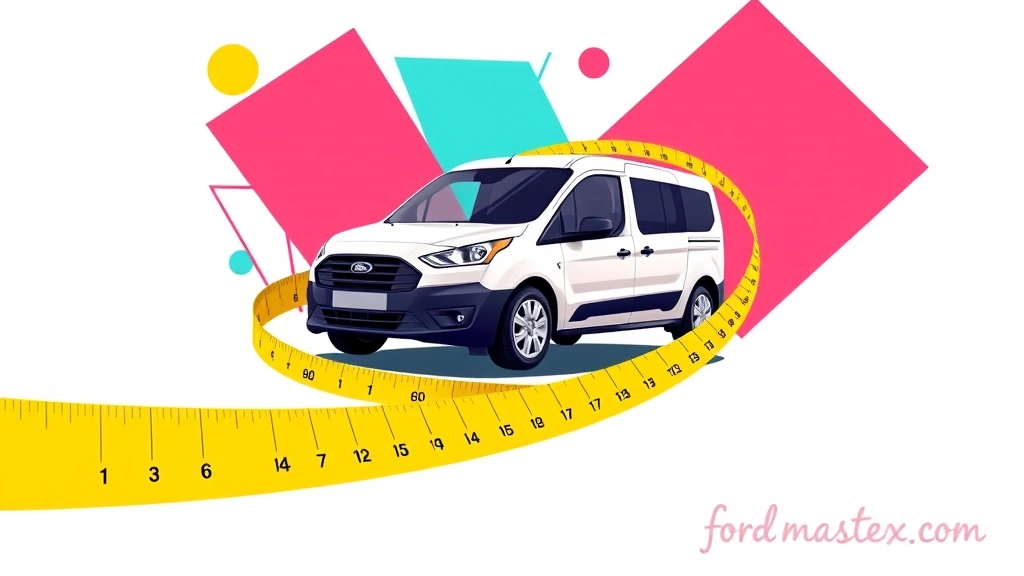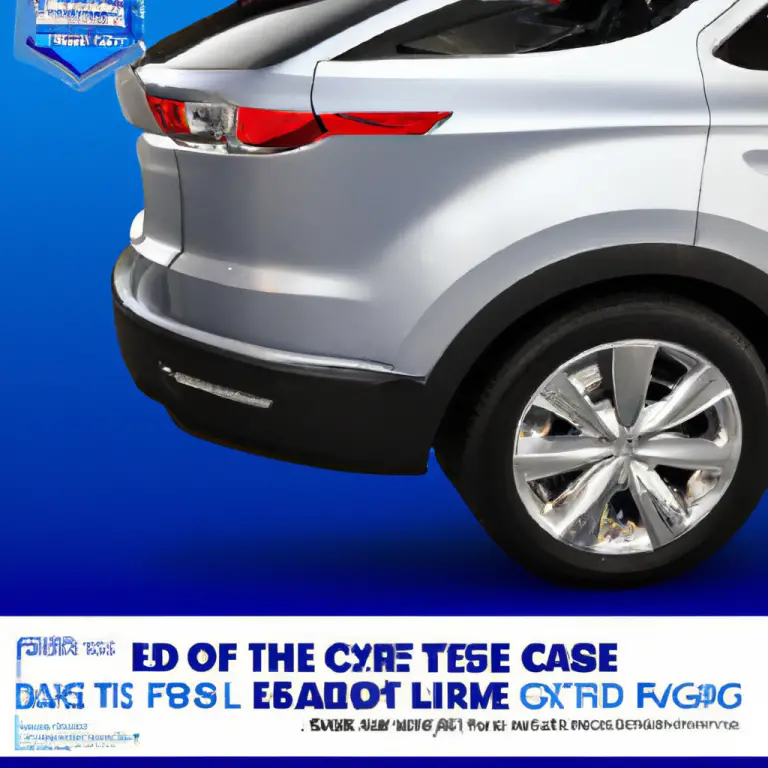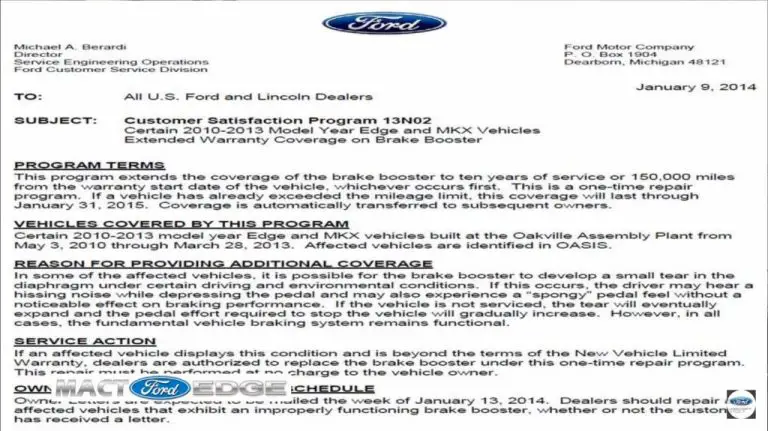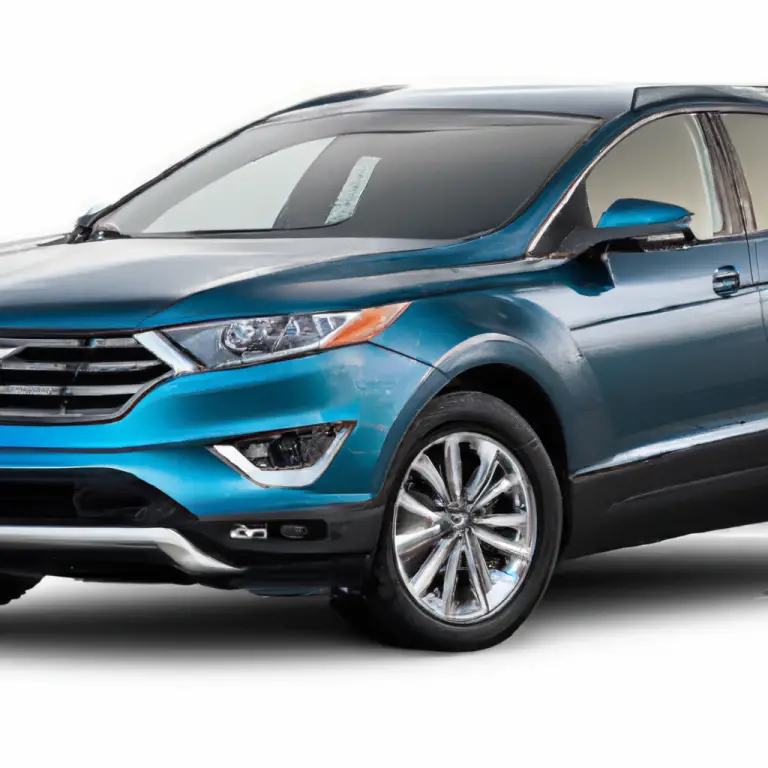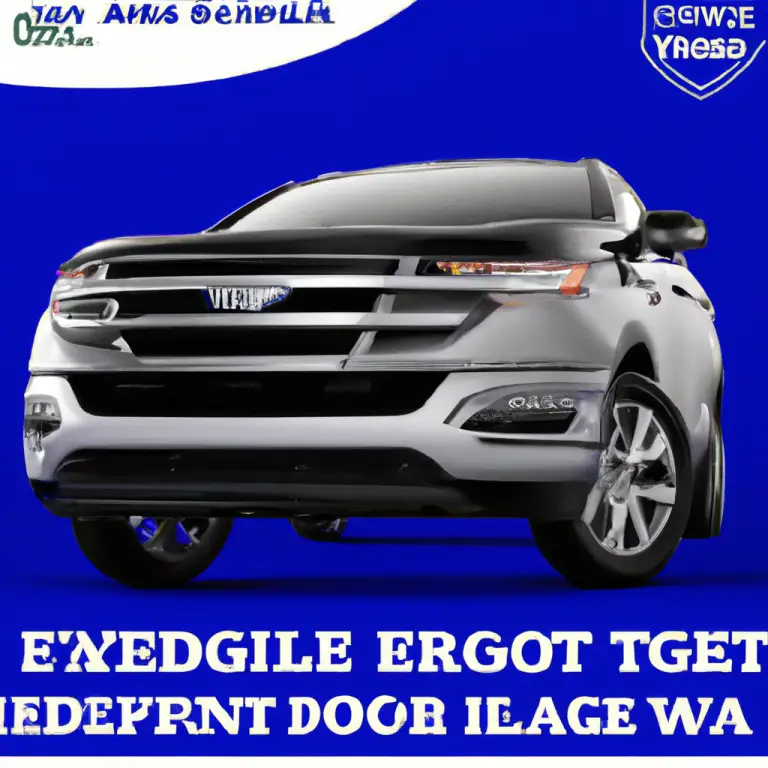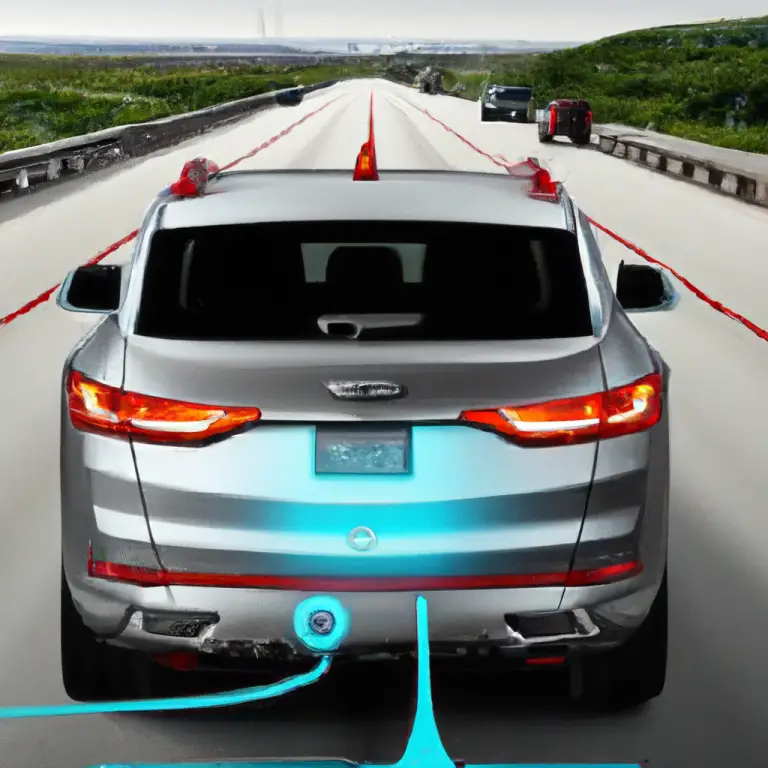Ford Transit Connect Lengths: A Full Guide
Key Takeaways
- Ford Transit Connect vans come in two main lengths: short-wheelbase (SWB) and long-wheelbase (LWB).
- The SWB models are roughly 174.2 inches long, perfect for city driving and tight spots.
- LWB models stretch to about 190 inches, offering more cargo space for bigger jobs.
- You can choose between cargo van and passenger wagon configurations, each impacting interior usability.
- Understanding these dimensions helps you pick the perfect Transit Connect for your needs, whether for business or personal use.
So, you're eyeing a Ford Transit Connect, huh? Smart choice! These compact cargo vans and passenger wagons are super popular across the USA, from bustling city streets to quiet suburban neighborhoods. But one of the first questions folks often ask, and it’s a good one, is: "Exactly how long is a Ford Transit Connect?" It’s not a one-size-fits-all answer, and understanding the different lengths can really help you decide if it’s the right fit for your parking space, your business, or your next big adventure.
The Tale of Two Lengths: SWB vs. LWB
When you dive into the world of Transit Connects, you'll quickly discover there are two main lengths to consider. It’s kinda like choosing between a regular soda and a super-sized one – both quench your thirst, but one offers a bit more. These are typically referred to as the Short Wheelbase (SWB) and the Long Wheelbase (LWB) versions.
Short Wheelbase (SWB): Compact and Nimble
The SWB Transit Connect is the smaller, more agile sibling. Think of it as your urban warrior, perfectly designed for navigating tight city streets and squeezing into those notoriously small parking spots.
What are the SWB Dimensions?
Generally, the short-wheelbase Ford Transit Connect measures in at around 174.2 inches (or about 14 feet, 6 inches) in overall length. Its wheelbase, the distance between the center of the front and rear wheels, is typically 104.8 inches. This compact footprint makes it a dream to drive in congested areas.
Who is the SWB Best For?
If you’re a small business owner making deliveries in a downtown area, or a plumber who needs to access residential driveways without hassle, the SWB could be your best friend. It’s also a great option for personal use if you need a versatile vehicle that’s easy to park and maneuver.
Long Wheelbase (LWB): More Space for Your Stuff
Now, if you need a bit more room to haul gear, tools, or even extra passengers, the LWB Transit Connect steps up to the plate. It's the go-to for those who need that extra cargo capacity without jumping up to a full-size commercial van.
What are the LWB Dimensions?
The long-wheelbase Ford Transit Connect extends to approximately 190 inches (or about 15 feet, 10 inches) in overall length. Its wheelbase is a more generous 120.6 inches. That extra foot and a half really makes a difference when you're loading up.
Who is the LWB Best For?
Contractors, florists, delivery services with larger loads, or even families looking for a versatile passenger wagon with extra storage will find the LWB incredibly useful. That additional length translates directly into more usable interior volume.

Cargo Van vs. Passenger Wagon: It's Not Just About Length
While length is a huge factor, don't forget that the Transit Connect also comes in two primary body styles: the cargo van and the passenger wagon. Each has the same external dimensions for SWB and LWB, but their internal configurations are vastly different, impacting how you use that length.
Cargo Van: Your Mobile Workshop
The cargo van is essentially a blank canvas for your business needs. It typically has two front seats and a wide-open cargo area in the back.
How Does Length Affect Cargo Space?
| Model Type | Overall Length (approx.) | Cargo Volume (cu ft) | Max Payload (lbs) |
|---|---|---|---|
| SWB Cargo | 174.2 inches | 104.1 | 1,500 – 1,510 |
| LWB Cargo | 190 inches | 121.7 | 1,570 – 1,610 |
As you can see, the LWB not only offers more length but also significantly more cargo volume. That 17.6 cubic feet difference can mean fitting an extra ladder, more boxes, or a larger piece of equipment.
Passenger Wagon: People Mover Extraordinaire
The passenger wagon, on the other hand, is designed to move people. It comes with rear seats, making it a great option for shuttle services, taxi companies, or large families.

Length and Seating Capacity
The LWB passenger wagon can typically seat up to seven people, while the SWB version usually seats five. Even with passengers, the LWB still offers more luggage space behind the third row, which is a huge plus for airport runs or family road trips.
Why Does Length Matter So Much?
You might be thinking, "It's just a few feet, right?" But those few feet can impact everything from your daily operations to your bottom line.
Parking and Maneuverability
A shorter van is simply easier to park in crowded city environments and tighter parking garages. If you're constantly making quick stops, the SWB's agility will save you time and frustration.
Cargo Capacity vs. Fuel Economy
Generally, longer vans mean more weight, and more weight can slightly impact your fuel economy. However, the increased cargo capacity often outweighs this small difference if you genuinely need the space. It’s a trade-off you’ll have to consider based on your specific use case.
Customization and Upfitting

The extra length in an LWB model provides more room for shelving, storage solutions, and specialized equipment. If you’re planning extensive upfitting for your business, the LWB gives you more flexibility to create your ideal mobile workspace.
So, Which Length is Right for You?
Deciding between the SWB and LWB Transit Connect really boils down to your primary needs.
- For urban agility and basic hauling: Go with the SWB. It’s compact, nimble, and perfect for smaller tasks.
- For maximum cargo space and passenger capacity: The LWB is your champion. It offers that extra room you crave for bigger jobs or more people.
Think about your typical day. Are you squeezing into tight spots, or are you hauling long pipes? Do you need to carry a bunch of tools, or are you primarily transporting people? Answering these questions will guide you to the perfect length for your Ford Transit Connect.
Frequently Asked Questions (FAQs)
Q1: What is the maximum interior cargo length of a Ford Transit Connect?
A1: The maximum interior cargo length varies by model. For the LWB cargo van, you can expect around 87.6 inches of floor length behind the front seats. The SWB cargo van offers about 75.3 inches.
Q2: Is a Ford Transit Connect considered a full-size van?
A2: No, the Ford Transit Connect is classified as a compact cargo van or multi-purpose vehicle. It's smaller and more fuel-efficient than full-size vans like the Ford Transit or Mercedes-Benz Sprinter.
Q3: Can you fit a standard sheet of plywood (4×8 feet) in a Transit Connect?
A3: While a standard 4×8 foot sheet of plywood won't lay flat on the floor of either Transit Connect model (due to the wheel wells and overall width), you can often slide it in diagonally or with the rear doors slightly ajar, especially in the LWB model, depending on the specific dimensions.
Q4: How does the length of the Transit Connect compare to other small vans?
A4: The Transit Connect's lengths (174.2" SWB, 190" LWB) are competitive within the compact van segment. For example, the Ram ProMaster City is around 189.6" long, and the Nissan NV200 is about 186.3" long.
Q5: Does the roof height affect the overall length of the Ford Transit Connect?
A5: No, the roof height (either low or high roof options on some models) does not affect the overall length of the vehicle. Length is determined by the wheelbase and body overhangs, while height is a separate dimension.
Conclusion
Choosing the right Ford Transit Connect length is a big decision, whether you're a small business owner, a busy parent, or an adventurer. It's not just about the numbers; it's about how those inches translate into real-world usability for you. From navigating tight urban jungles with the agile SWB to maximizing cargo haulage with the spacious LWB, there's a Transit Connect out there that's perfectly sized for your next big thing. So, measure your needs, consider your space, and get ready to connect with the perfect van! What kind of adventures or work are you planning for your Transit Connect? Let us know in the comments below!

